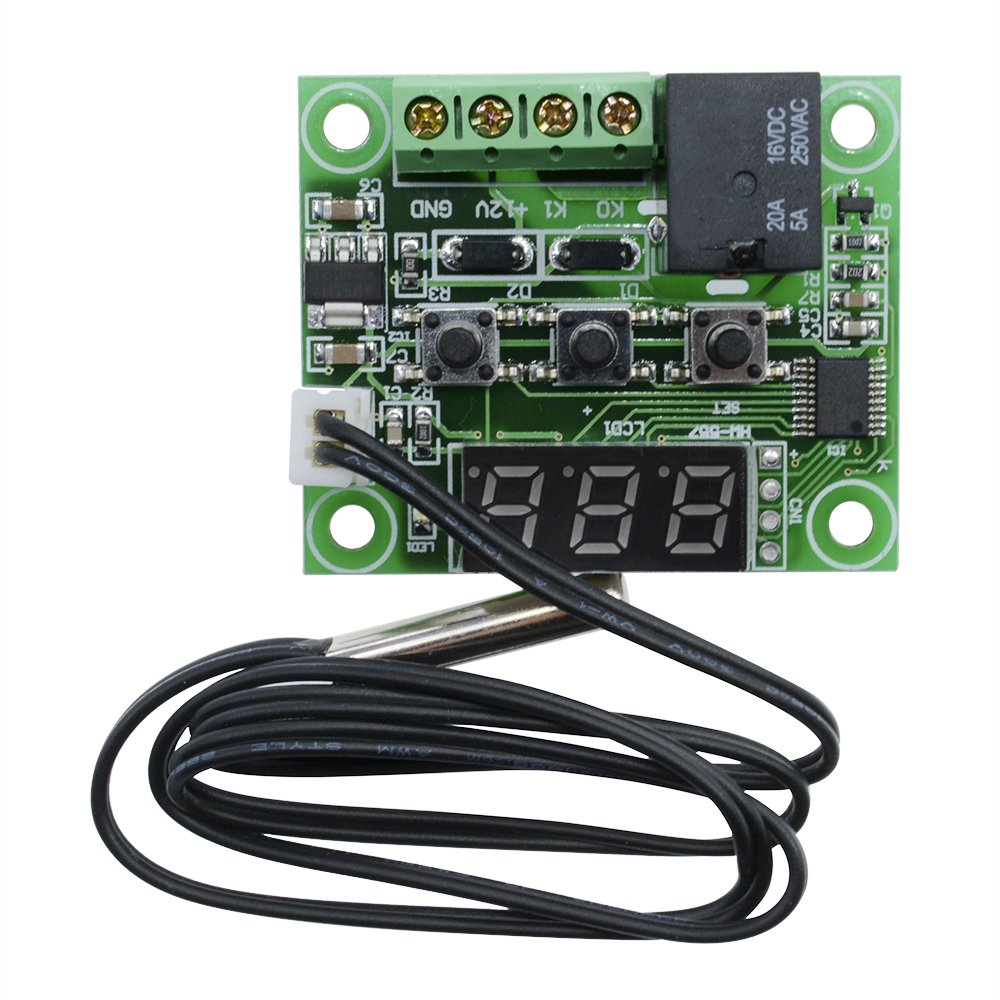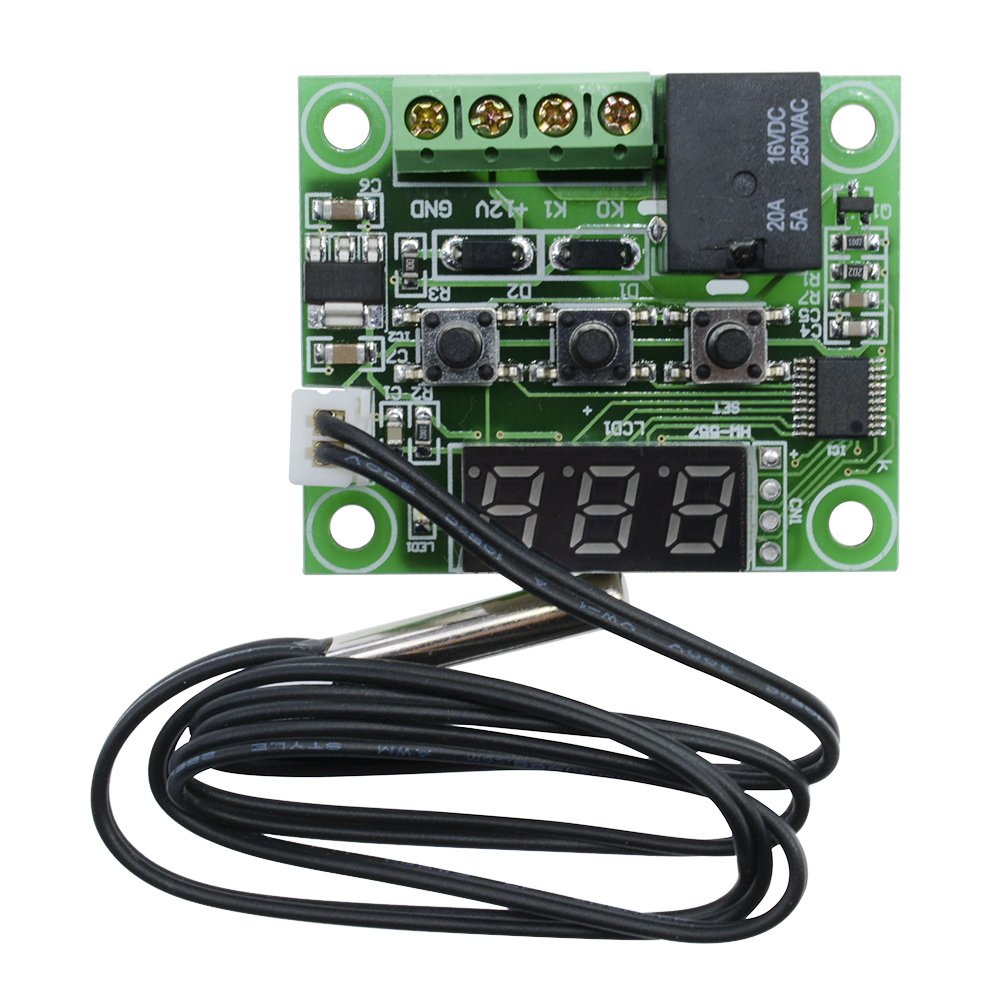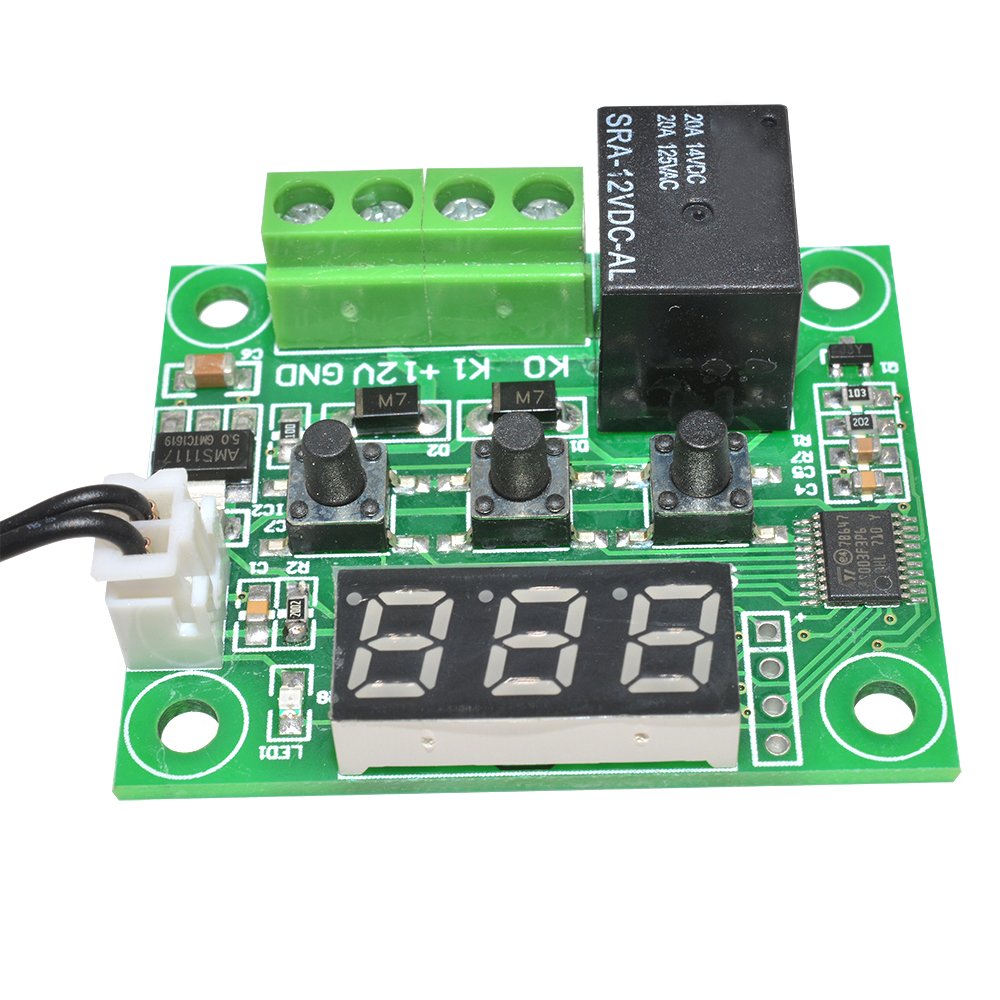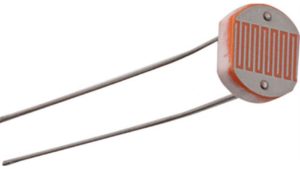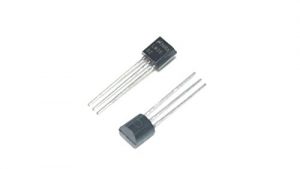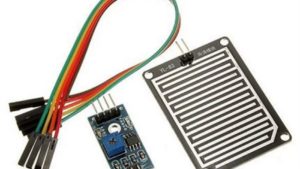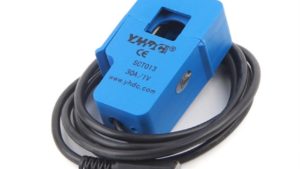Description
DC12V W1209 Digital Temperature Controller Module Display and NTC Waterproof Temperature Sensor is low-cost 12V Temperature controller with 7-segment display and 3 switch keypad for setting temperature and other parameters. The module features an NTC thermistor temperature sensing and has an accuracy of 0.1 C.
The W1209 12V Digital Temperature Controller Module W/ display and NTC Waterproof Temperature Sensor is an incredibly low cost yet highly functional thermostat controller. With this module, you can intelligently control power to most types of electrical device based on the temperature sensed by the included high accuracy NTC temperature sensor.
Although this module has an embedded microcontroller no programming knowledge is required. 3 tactile switches allow for configuring various parameters including on & off trigger temperatures. The onboard relay can switch up to a maximum of 240V AC at 5A or 14V DC at 10A.
The current temperature is displayed in degrees Centigrade via its 3 digit seven segment display and the current relay state by an onboard LED.
Description:
Temperature range:-50°C-110 °C
PT100 Cable Length: 30cm
Dimensions: 48.5 * 40mm
Temperature control mode: ON / OFF
Control accuracy: 0.1 °C
Hysteresis accuracy: 0.1°C
Refresh rate: 0.5S
Supply voltage: DC 12V
Output voltage: DC 12V
Output power: 20A relay
Accuracy: 0.1°C
Measuring Inputs: NTC10K
Output Type: 1 Channel Relay Output
How to use:
Displaying the current temperature
The thermostat will display the current temperature in °C by default. When in any other mode making no input for approximately 5 seconds will cause the thermostat to return to this default display.
Setting the trigger temperature
To set the trigger temperature press the button marked ‘SET’. The seven segment display will flash. You can now set a trigger temperature (in °C) using the ‘+’ and ‘-‘ buttons in 0.1° increments. If no buttons are pressed for approximately 2 seconds the trigger temperature will be stored and the display will return back to the current temperature.
Setting the parameters
To set any parameter first long press the ‘SET’ button for at least 5 seconds. The seven segment display should now display ‘P0’. This represents parameter P0. Pressing the ‘+’ or ‘-‘ buttons will cycle through the various parameters (P0 to P6). Pressing the ‘SET’ button whilst any of these parameters are displayed will allow you to change the value for that parameter using the ‘+’ and ‘-‘ buttons. When finished setting a parameter press the set button to exit that option. If no buttons are pressed for approximately 5 seconds the thermostat will exit the parameter options and will return back to the default temperature display.
Setting the cooling or heating parameter P0
The parameter P0 has two settings, C and H. When setting to C (default) the relay will energize when the temperature is reached. Use this setting if connecting to an air-conditioning system. When set to H the relay will de-energize when the temperature is reached. Use this setting if controlling a heating device.
Setting the hysteresis parameter P1
This sets how much change in temperature must occur before the relay will change state. For example, if set to the default 2oC and the trigger temperature has been set to 25oC, it will not de-energize until the temperature falls back below 23oC. Setting this hysteresis helps stop the thermostat from continually triggering when the temperature drifts around the trip temperature.
Setting the upper limit of the thermostat parameter P2
This parameter limits the maximum trigger temperature that can be set. It can be used as a safety to stop an excessively high trigger temperature from accidentally being set by the user.
Setting the lower limit of the thermostat parameter P3
This parameter limits the minimum trigger temperature that can be set. It can be used as a safety to stop an excessively low trigger temperature from accidentally being set by the user.
Setting temperature offset correction parameter P4
Should you find there is a difference between the displayed temperature and the actual temperature (for instance, if the temperature probe is on a long run of cable) you can make minor corrections to the temperature reading with this parameter.
Setting the trigger delay parameter P5
This parameter allows for delaying switching of the relay when the trigger temperature has been reached. The parameter can be set in one-minute increments up to a maximum of 10 minutes.
Setting the high-temperature alarm parameter P6
Setting a value for this parameter will cause the relay to switch off when the temperature reaches this setting. The seven segment display will also show ‘—‘ to indicate an alarm condition. The relay will not re-energize until the temperature falls below this value. The default setting is OFF.
Note: Relay output interface is a switch, when it working ,these two ports are connected,
If not work, these two ports are not connected.
APPLICATION :
- To measure and display temperature
- To Turn any application ON/OFF based on temperature reading . (Both AC and DC)
- Example Project :- A.Fire alarm system . B. Auto cut off Electric Water Heater

